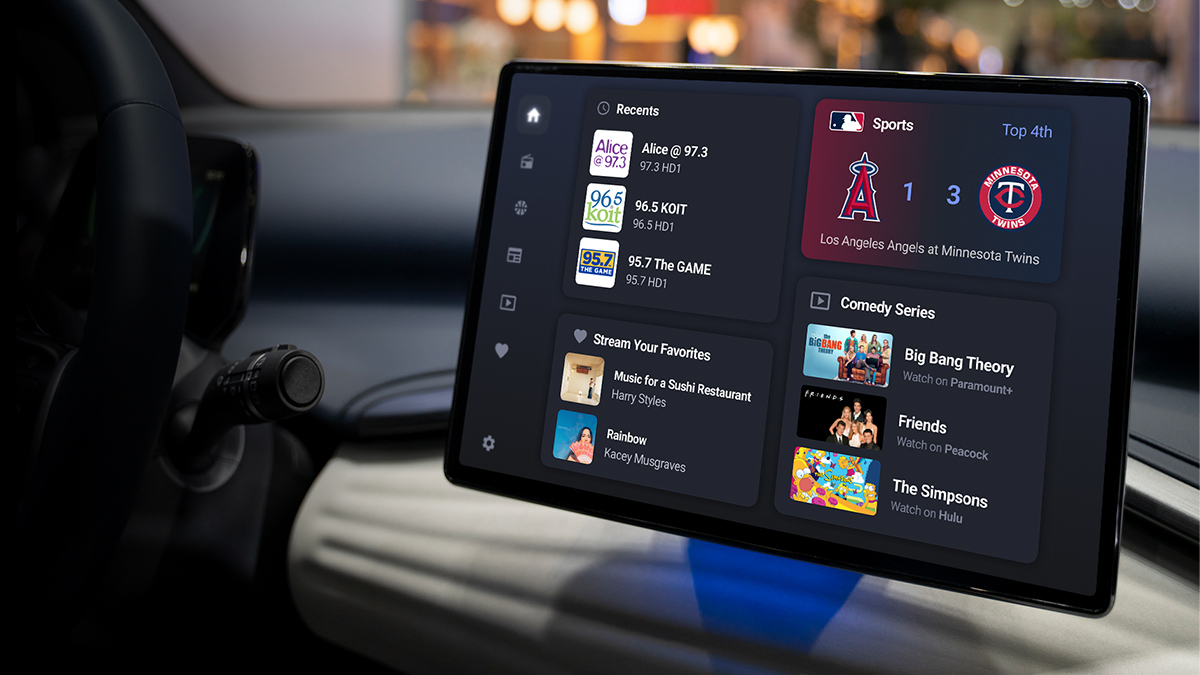Today’s expanding wealth of media options provide more content variety than most of us could ever enjoy in a lifetime. Increasing connectivity among consumers allows us to tap into everything the internet has to offer with a growing array of devices. In the car, however, consumers tend to stick to what they know: the radio.
Immense choice notwithstanding, AM/FM radio remains the dominant audio platform of choice. In fact, many even want more radio options. The findings come from a recent survey of drivers across the U.S., Germany, Japan and South Korea, which highlight that 56% of vehicle owners listen to AM/FM radio always or often, significantly more than options like Spotify, Pandora and Apple Music.
Among drivers, AM/FM radio and news/talk are the second- and third-most preferred content options behind music. These two preferences are so important to drivers that more than one-quarter of drivers want more of each of them. And while sports is not currently a top option, there is a strong desire among drivers for more of it in the car.
The desire among drivers for more of what they’re already heavily engaged with represents a notable opportunity for automakers that leverage comprehensive entertainment data to deliver on consumer desires.
With McKinsey & Co. forecasting that 90% of all cars will have built-in connectivity by 2030, automakers have the increasing ability to harness more of what the internet has to offer so that consumers can stream it while they’re driving. And that includes radio stations from other markets and sports programming that isn’t available on terrestrial radio.

Tapping into comprehensive entertainment data would also allow automakers to feed another consumer desire: sports. Generally speaking, radio listeners have a small handful of dedicated sports stations to choose from. While a few major markets have upwards of four or more stations for sports, others typically have fewer.
But here’s the thing: Connectivity and the right data partner can remove all pre-existing barriers associated with traditional radio—as well as those caused by an otherwise siloed media landscape. For drivers, the content is what’s important, not the source.
The opportunity is even bigger for sports fans. That’s because, just like on TV, drivers are often unsure how to find the sports content they’re looking for, as well as whether they have access to it. They also know there’s significantly more content available than they’re aware of—they just don’t know how to access it from their cars.
Two trends compound the opportunity for automakers: the amount of content that drivers get from the internet is rising, and content discovery is becoming increasingly difficult as content sources proliferate. For many, this over-abundance translates to media ambivalence, with an average of 14% saying they don’t know what they want to listen to, so they just leave whatever is playing on. Additionally, nearly 50% of drivers say they’re unable to find something to listen to up to 25% of the time.
As driver demand rises for greater access to content from a growing array of sources, OEMs have the ability to meet the growing appetite for connected content while simultaneously making the user experience personalized, relevant and easy-to-use. Notably, 60% of drivers say that features like these would be critical considerations in purchasing and leasing decisions.
The streaming paradox: More content has led to less satisfaction
Viewer frustrations are on the rise as streaming service congestion increases, highlighting opportunities for improved UX and content discovery.
Streaming service congestion is fueling an uptick in FAST channel engagement
As streaming options proliferate, engagement with FAST channels is on the rise, with news and sports becoming top genres.
Why live sports are so hard to find on TV, and how publishers can help
Solving the sports discovery problem doesn’t mean owning more content. It means providing better access to it.
